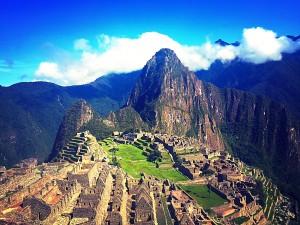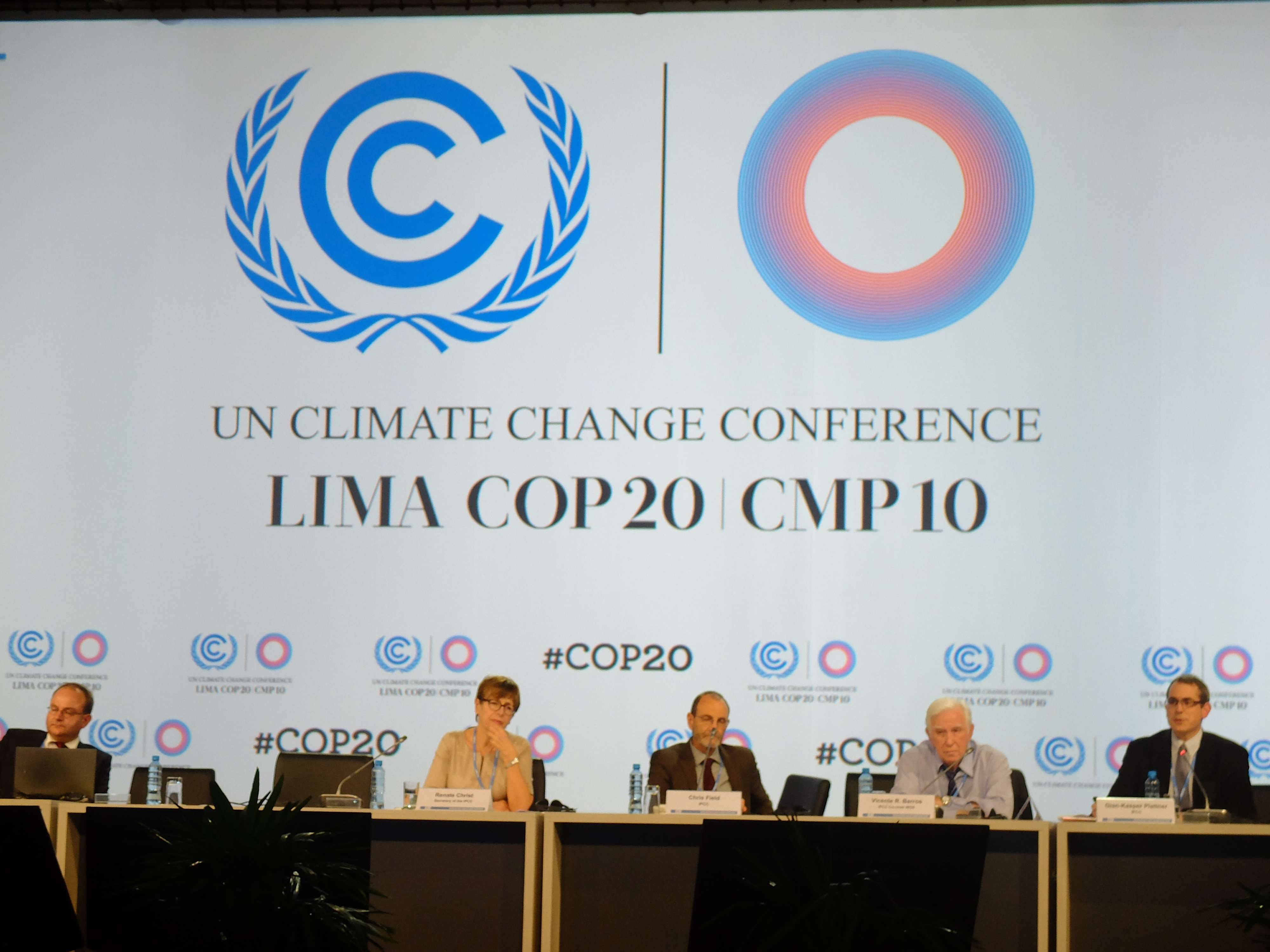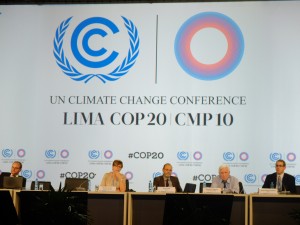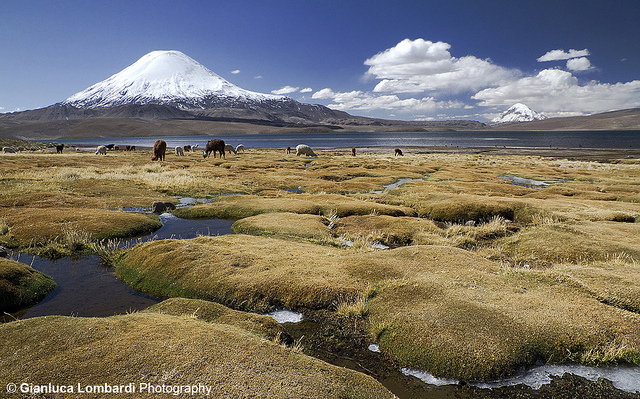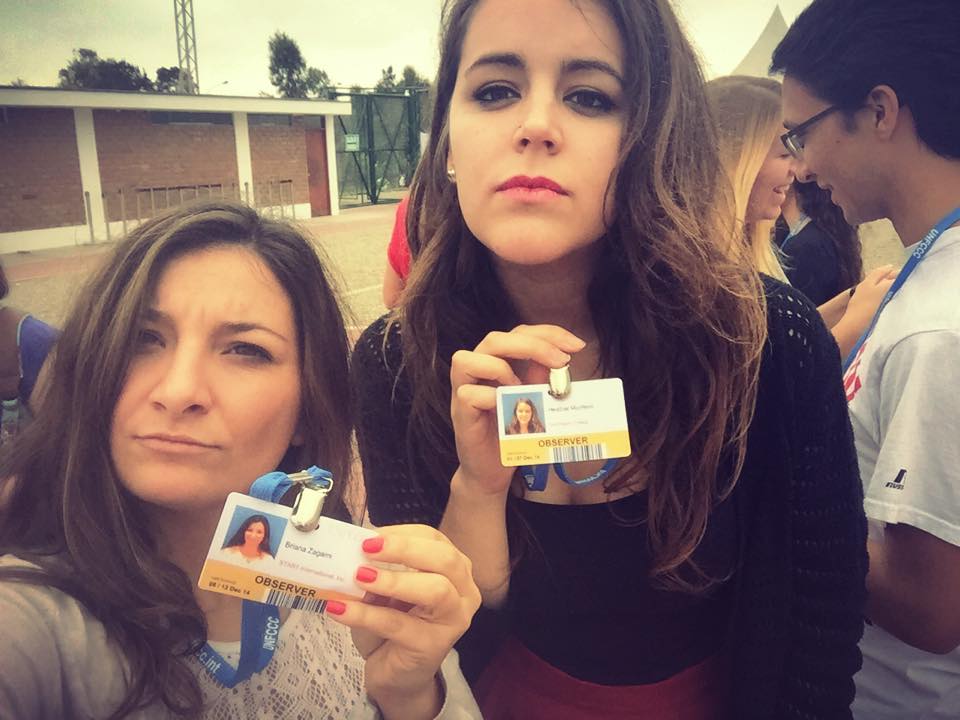Many of my peers here at COP20 have probably heard the various rantings of me and Heather Morrison about REDD+, and why we believe it is wrong and should be taken out of a future Paris agreement. Because the COP is this year located in Peru, it seems that discussions surrounding REDD+ have taken a much larger public presence, because Peru is a country with mining and other extractive industries, and also Peru has in its country and in neighboring countries populations of indigenous peoples that are highly affected by REDD+. In this post, I will discuss REDD+, and the problems surrounding it.
REDD+ is a climate change mitigation solution that mainly focuses on offsetting carbon emissions by sequestering it in trees in reforested areas. It is a way to combat both deforestation and greenhouse gas emissions. The idea is that, because climate change has no boundaries, the location where greenhouse gasses are emitted does not really matter, so if you can take up the same amount of carbon in one location that is emitted in another, you can achieve net zero emissions. At the same time, you would be combatting deforestation, because transnational corporations or governments would finance reforestation projects in other parts of the world with deforestation problems.
REDD+ combats two very important problems: climate change and deforestation, and this seems like a great idea at first. But there are problems with how REDD+ is implemented, and many of those problems start with those people living in the areas that are home to REDD+ projects. Indigenous peoples and local communities are very adversely affected by REDD+. First of all, REDD+ has tried to build various safeguards into it, mainly dealing with getting allowing for indigenous participation in REDD+ governance and respecting indigenous peoples’ rights. But these safeguards are generally not well enforced at all, leading to the eviction of many indigenous and local communities off of their traditional lands, and lands that they rely on for agriculture and livelihoods. Most of the time this eviction is quite violent, with houses being burned down and people being murdered or thrown in jail, all in the name of conservation.
But even if it was possible to strictly enforce the REDD+ safeguards, there would still be the problem that these indigenous traditional lands, lands that should be under the ownership of those that live on them and monitor them, are being privatized, and the peoples living on these lands are being told that they can no longer practice their traditional livelihoods, because the land is now being used as a tree plantation for a specific type of tree which maximizes the sequestration of carbon. Biodiversity is reduced in favor of a monoculture of trees, and traditional agricultural practices, or land clearing for local communities is outlawed, as this would reduce the space available for tree space. The framework of REDD+ naturally causes the privatization of traditional lands and the marginalization of those that live on them.
And REDD+ really just allows transnational corporations and national governments to continue polluting. Financing a REDD+ project in a country means that these organizations don’t have to reduce their own emissions, because they are supposedly offsetting the emissions. And even though the idea that emissions are global and not regional is true, those communities living adjacent to huge power plants or extractive industries don’t really care if a company is offsetting their global emissions or not, because regionally the environment is being negatively affected, causing a degradation in the health of populations and their water quality. Just look at the chemical valley in Canada, or Cerro de Pasco, Peru. Even if governments or corporations are offsetting global emissions, they are still having just as much of a negative impact regionally.
REDD+ should be stopped and indigenous peoples given ownership over their traditional lands, and corporations and governments need to be made to reduce emissions and not just try to offset them in another part of the world. REDD+ has good intentions, but it won’t help to allow for the systemic change really needed to combat climate change. Stop REDD+, and change the system, not the climate.


